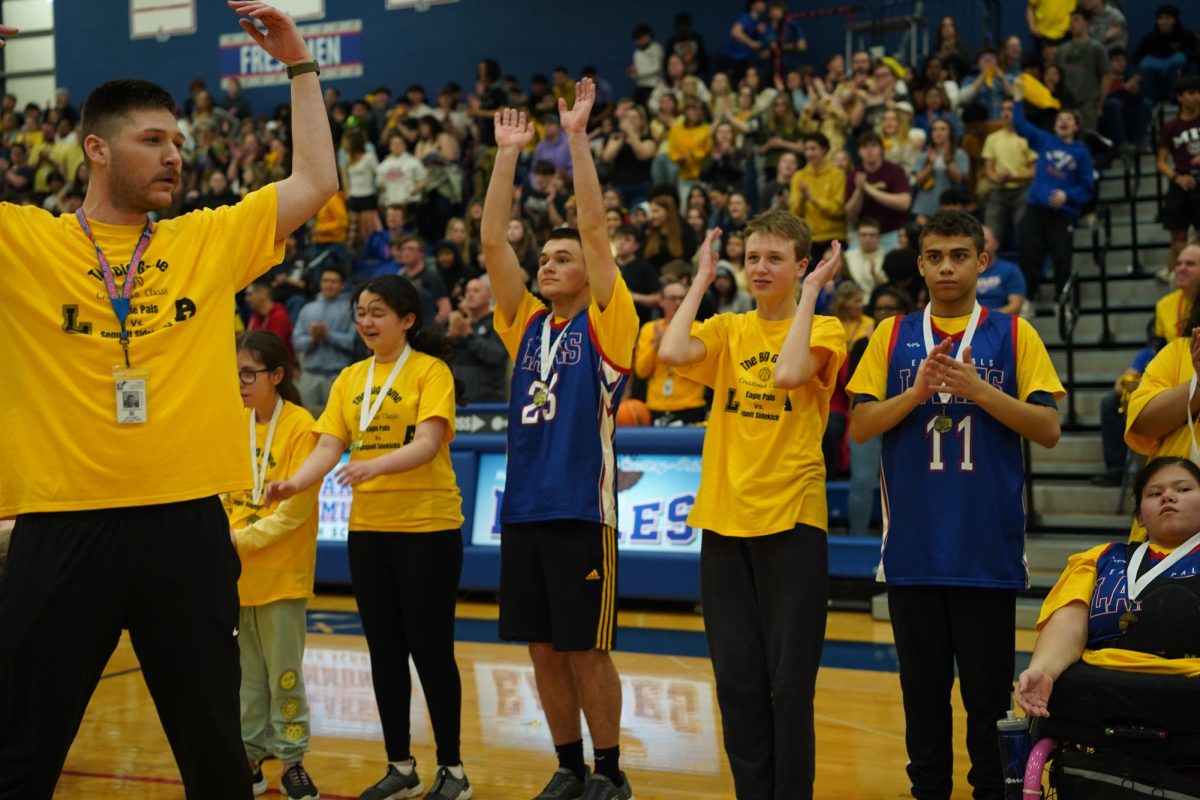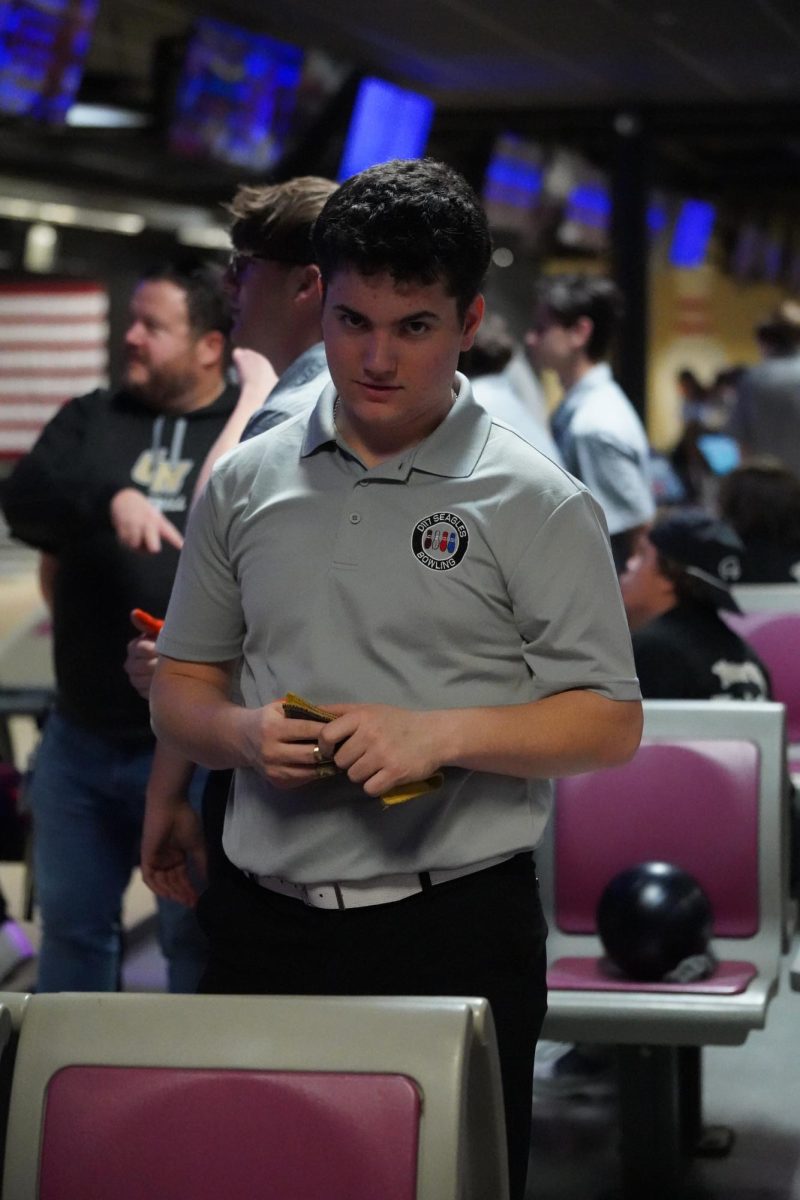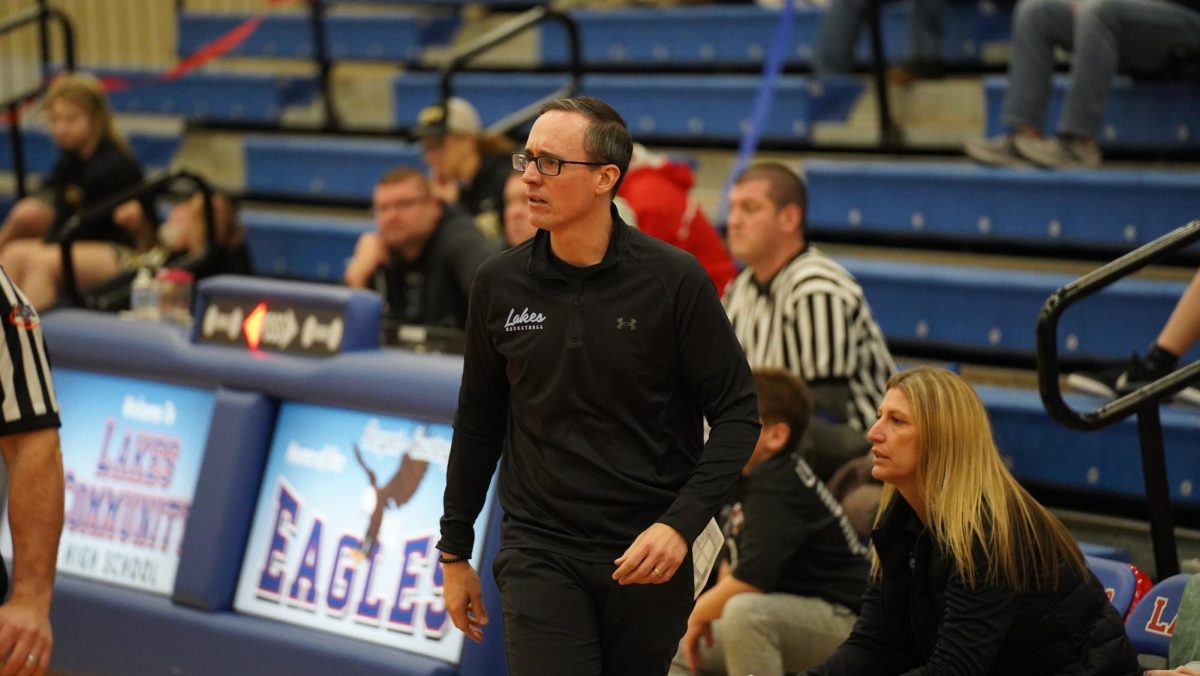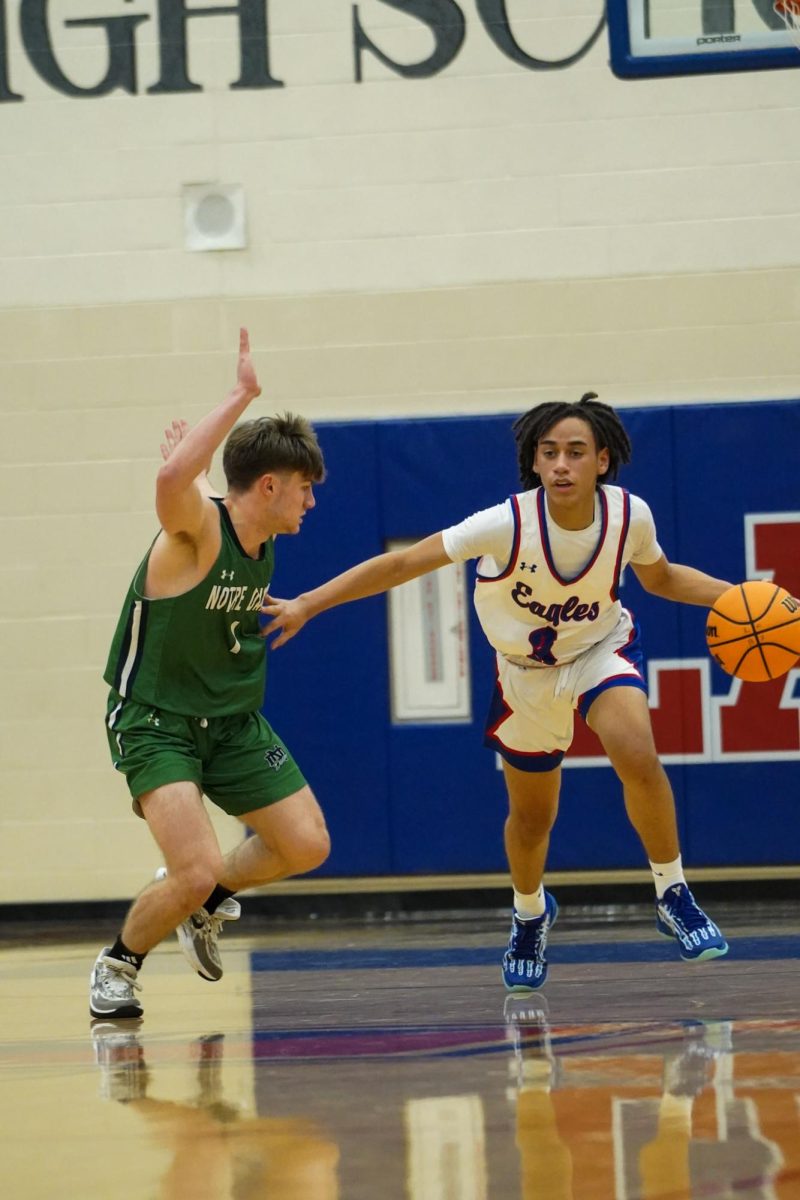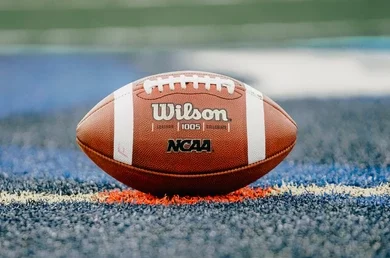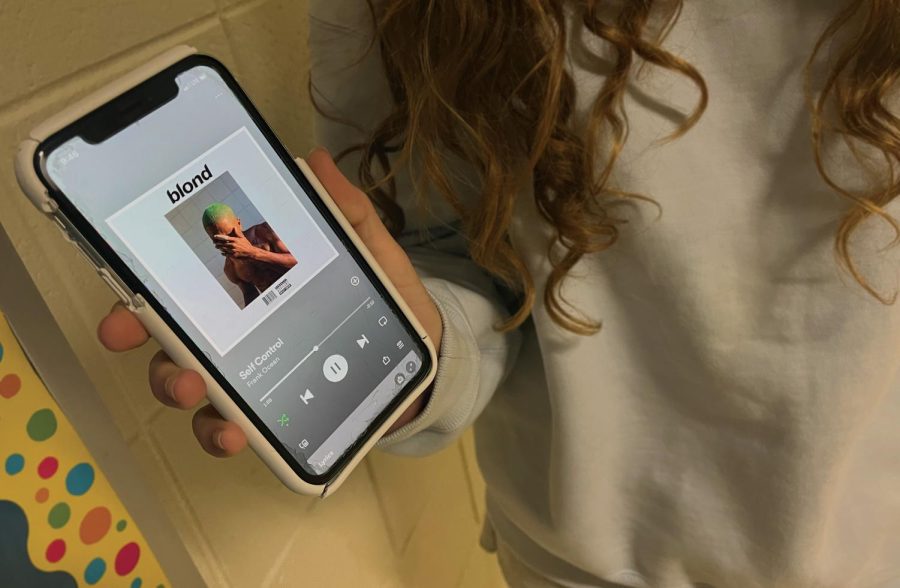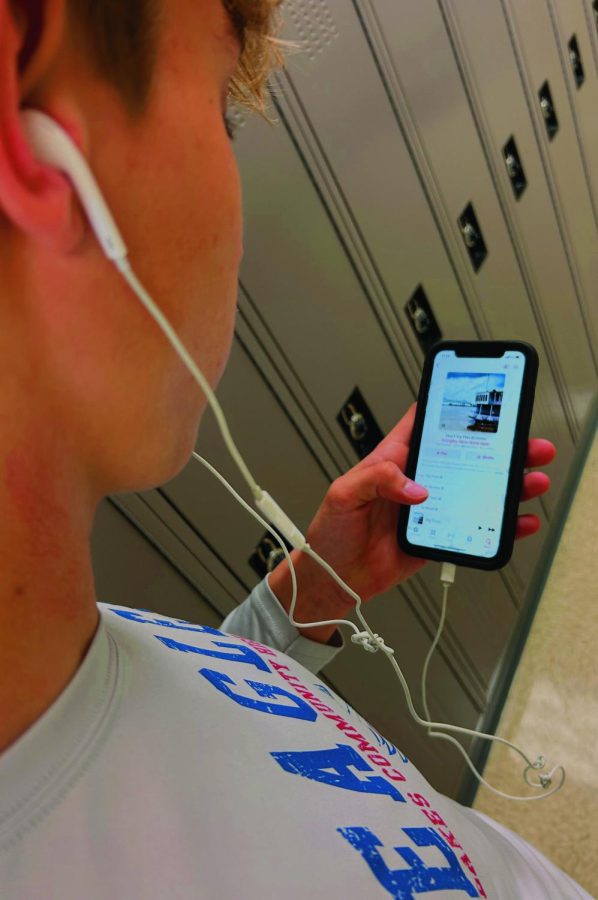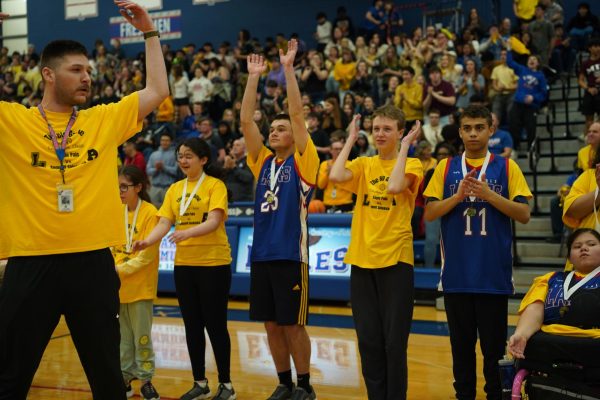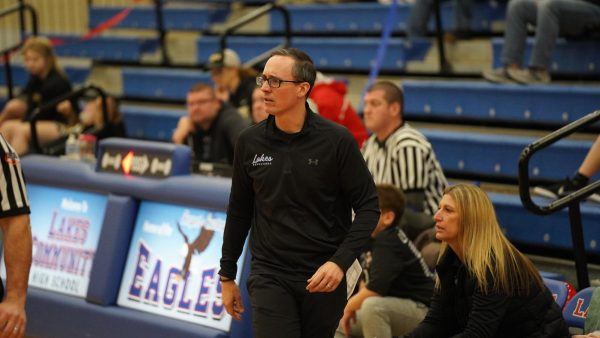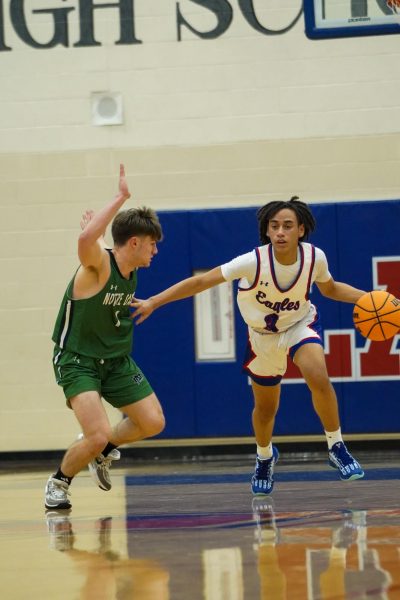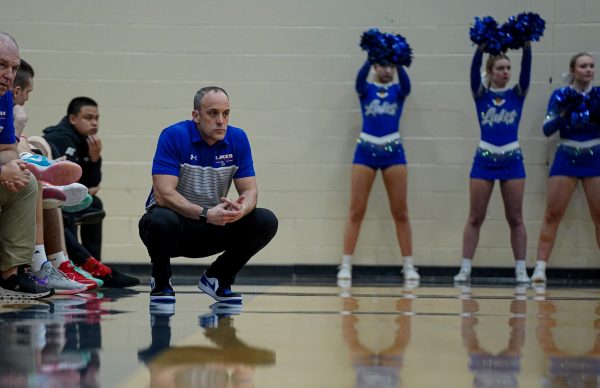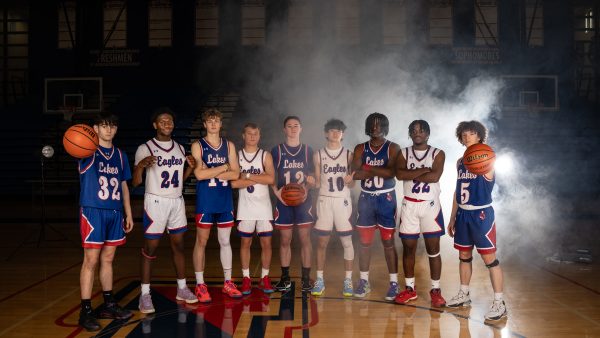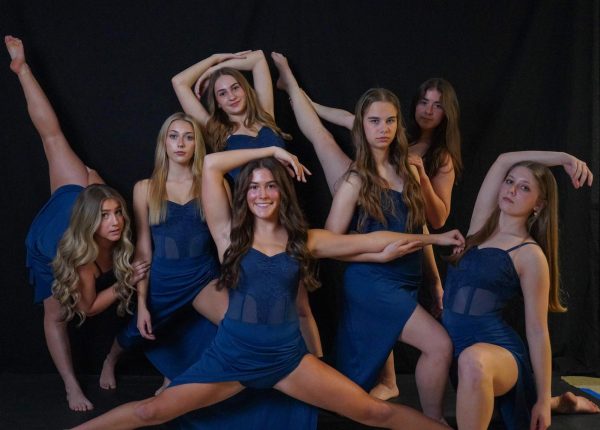Who’s Got Next?
Oman and Marino; Destined for Greatness at the Division III Level
It may seem like the decision to play collegiate athletics happens in every American high school. However, it’s not as common as you may think. Only about 7% of high school athletes go onto to play at the next level. Only 2% of those athletes play Division I. The first step to collegiate play is being recruited. This is quite a stressful, exciting, and difficult time in the life of a high school athlete. Two of Lakes varsity basketball stars, Brock Marino and Jessica Oman, are walking this journey and learning along the way in their senior year.
Once athletes realize Division 1 may not be the route to go, they can look at other options like Division 2 & 3. Oman and Marino both decided in high school that while they were good enough for college, it would most likely be at the Division 3 level and not any higher. I asked each of them individually when they decided that collegiate play was something they wanted to pursue. Oman states that “My freshman year, during Covid, I really started taking basketball seriously, and I realized that I didn’t want my hard work to go to waste. That was the beginning of my recruitment process.” Marino, on the other hand, realized a bit later in his high school career. When asked the same question Marino says, “Summer after sophomore year, I started playing for an AAU team, and I got some college attention.” This gave Marino the boost, and the confidence that he could play at the next level.
The attention from coaches during the recruitment process can cause some athletes a lot of stress. Some players’ game is totally different once recruiters start giving them looks, and they know that colleges are taking note of their play. However, when I asked Marino whether the recruitment affected his game, he gave me this short but true answer. “Not really, because they’re there to watch your game and how you play. I try to play my own game.”
The process of getting recruited is very tedious, and especially at the Division 3 level, can require a lot of work from the athlete. I asked Marino and Oman alike what were some of the major misconceptions when it comes to getting recruited. Marino says,“People think it’s easy to get looks from D3 schools, but it’s not, and you have to do a lot of work yourself to get noticed at this type of level.” While still an exciting process, Oman says there is a big difference between being recruited by a D1 school, and playing at a lower level. “D3 athletes like myself know it’s not as big a deal.” While these athletes aren’t the most highly recruited, it’s still an amazing accomplishment nonetheless.
While student athletes have many things to consider, probably the most important consideration when it comes to committing to a certain college is the coach and the university you will be attending. This will be the players home for the next 4 years, so they need it to fit their needs as an athlete and a student. Oman says “I want it to be close to home, and a smaller campus. I want to go to a place where I get along with my coach.” Marino says “Location, cost, the people and coaches and what the team is like. Also the campus, and if it feels like home.” Student athletes, like others attending college, will have a lot of the same considerations. However, in the life of a student athlete, who will be your coach is one of the most important considerations because the coach is involved in the process from the moment you are first recognized by a college to the end of your athletic career.
Getting recruited can be one of the most exciting moments in a young person’s athletic career. It also comes with a ton of new responsibilities and other complications. It’s quite different for everyone, and each person that has been recruited, has their own story to tell.
